When using the internet, you form both good and bad habits which affect your online privacy and security. For example, using your Facebook profile to sign up for other online accounts is a bad habit. On the contrary, regularly going over the privacy settings of your Facebook account and enabling features like two-factor authentication is a good habit.
Good habits protect your online privacy and strengthen your security, while the bad ones put you at risk. Learn to control how you behave on the internet and turn it around by adding a few healthy practices to your online activity.

How To Improve Your Online Privacy and Security
Whether it’s the annoying ads from your internet searches that follow you around, or spam that’s pouring into your email inbox that made you think about your online privacy, it’s never too late to change things. Here are a few tips that you can use to become a better internet user and protect your privacy online.
Stick to Using Secure Browsers
First things first, check if you’re using a browser that’s safe and secure. Safe browsers help you prevent internet threats from happening. They stop cookies that collect the data like the websites you’ve visited, or your logins and passwords. Secure browsers also protect your identity and don’t share your IP address, location, and other data, unlike their competitors.

The list of some of the most secure browsers out there includes Firefox, Google Chrome, Chromium, Brave, and Tor, with Tor being the most powerful option for anyone concerned about their anonymity online.
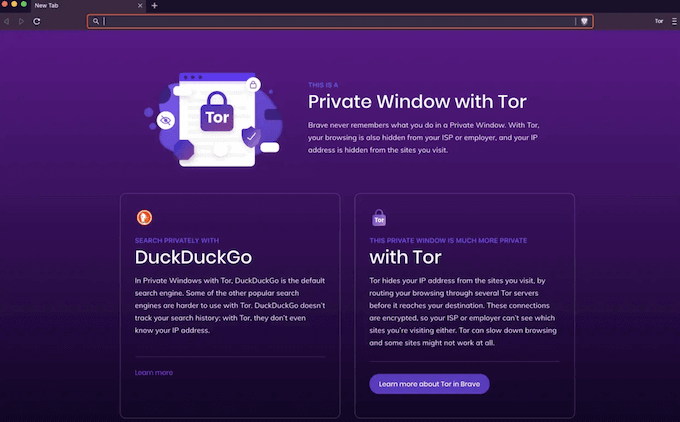
However, even using a safe browser doesn’t guarantee your online security. You can add another layer of protection by using one of the browser security tools that can help you protect your online privacy.
Visit Only Secure HTTPS Websites
HTTPS, or HyperText Transfer Protocol Secure is an encrypted version of the standard HTTP that starts any web address. HTTPS ensures your data is encrypted when it’s transmitted between your browser and server. If a website supports the use of HTTPS, it’s enabled automatically. You can tell if the HTTPS is supported by the lock icon in the address bar.

Making sure you only visit the websites that support HTTPS protects you from hacker attacks and prevents your data from being intercepted or tampered with.
Use a VPN When Browsing
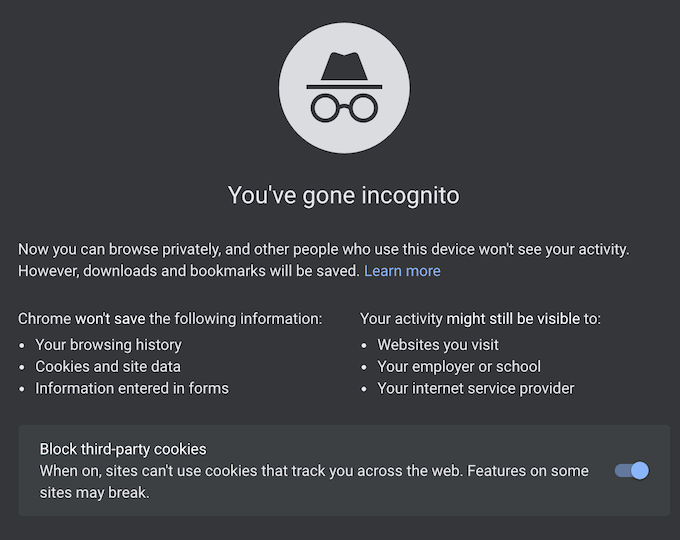
Using your browser’s private browsing mode is definitely a step in the right direction to improve your online privacy and security. It means your browsing history won’t be logged, and all cookies generated during the browsing session will be deleted. At the same time, it’s not the most effective way to block any third-party monitoring. Your internet service provider (ISP) will still be able to track your online activity.
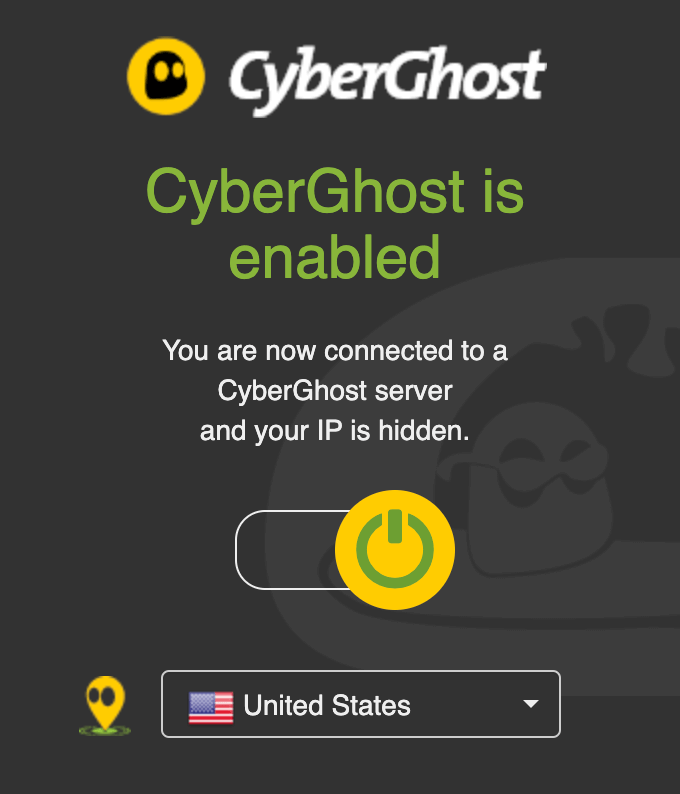
A better solution here is using a VPN, either in a form of a browser extension, or an independent application on your computer. Using a VPN will ensure your connection is secure and your data is encrypted. All your provider will see is that you’re using a private connection when browsing.
Secure Your Accounts With a Password Manager
Do you remember all of your login and password details that you use online? If you do, that’s probably a sign that you need to strengthen your passwords. For maximum protection, your login details should follow these guidelines:
- Use a mixture of characters (uppercase and lowercase), numbers, and symbols in your passwords.
- Make sure your password is long enough – use 12+ characters.
- Never reuse the same password.
- Use a different password for every account.

If you follow these recommendations, it will be difficult to keep track of all your login details and passwords for different accounts. Using a password manager can help with that. With a password manager, you only need to remember one username and password for the master account. The software takes care of the rest by generating the unbreakable and unique password details for all of your accounts.
Regularly Update Your Software
Aside from giving you access to bigger and better features and usability, software and system updates also come with bug fixes and security-related patches. One of the ways that hackers, malware, and viruses use to intercept your private information is through outdated software.
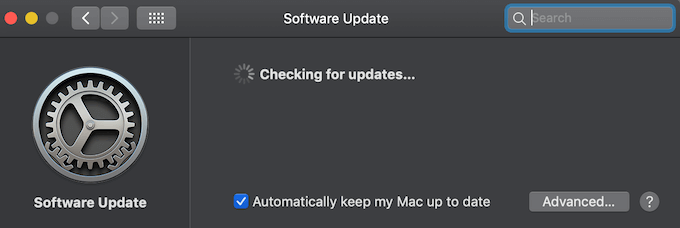
Regularly updating your computer software can save you a lot of trouble by eliminating your system’s vulnerabilities. For best results, set up automatic software updates and ensure that all of your applications work as intended.
Enable Two-Factor Authentication for Online Accounts
Two-factor authentication, or two-step authentication is an extra layer of security for your online accounts that you can use on top of your login details to protect yourself from being hacked. It comes in the form of a code you receive on your phone, which you need to enter into the website after your password to prove that you’re the owner of the account.

You can get the code via a text message on your phone, or use an authenticator app like Google Authenticator to obtain it. It might not be the most convenient security measure, but will certainly keep your accounts safe.
Check the Privacy Settings of Your Social Networks
All of the popular social networks like Facebook, Snapchat, Instagram, or Twitter have privacy settings that are regularly updated. A good practice is to check them for updates every once in a while.
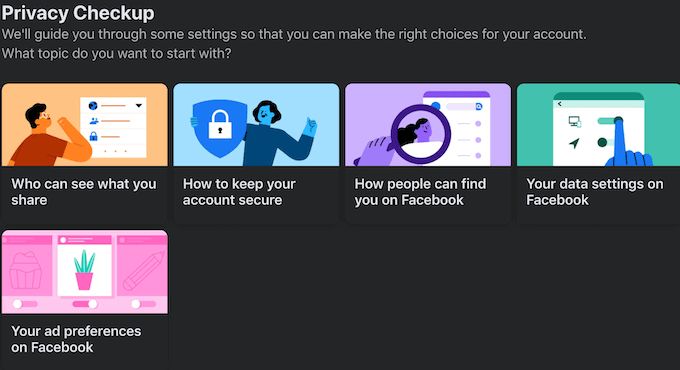
Take the time to go through the Privacy Settings section of every social network you use and make sure you’re happy with the amount of your personal information that’s shared with the network and visible to other users.
Protect Your Online Privacy With Preventative Security Measures
It’s better to stop something from happening than to deal with the consequences afterwards. Don’t wait until one of your accounts gets hacked or compromised. Instead, protect your computer by taking these simple preventative security measures.
Are you concerned with your online privacy and security? What measures do you take to protect yourself online? Share your security tips with us in the comments section below.
Related Posts
- How to Repair a Corrupted User Profile in Windows 11
- Preparing for Windows 10 End of Support: Upgrading to Windows 11
- How to Access and Change Your WiFi Router Settings (2025 Edition)
- How to Install the Latest Large Language Models (LLMs) Locally on Your Mac
- How to Find Circular References in Microsoft Excel